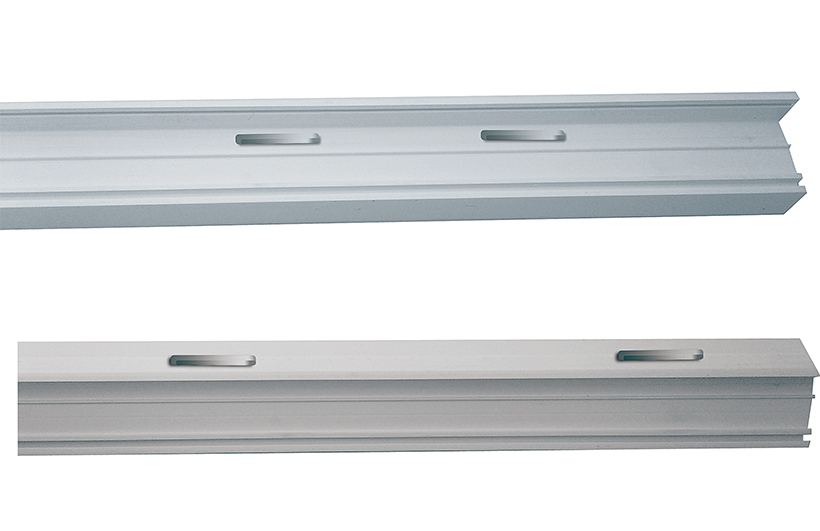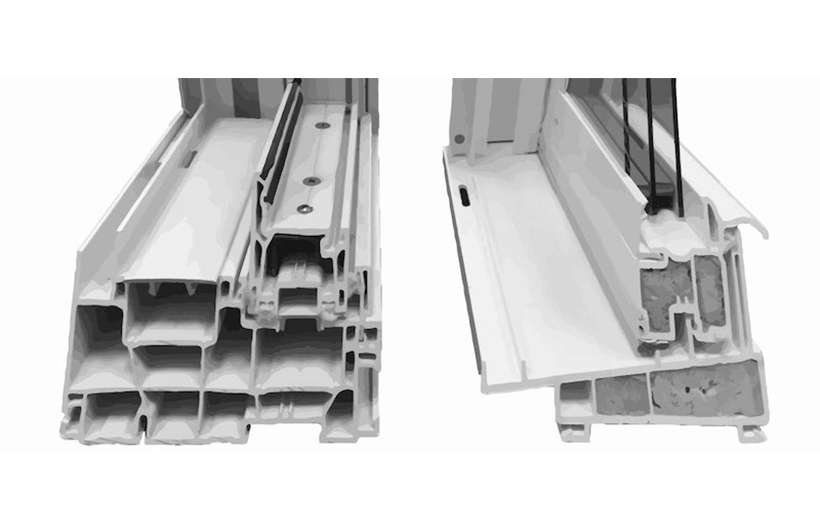Sloped Sill Window vs Pocket Sill Window
Replacing your windows comes with a lot of choices. You have to balance your home's aesthetic and energy efficiency with your budget. In other words, you will likely have to pick and choose when it comes to the window material, type of glass, and even your desired window style.
One of the choices you will need to make when choosing your windows is the type of sill you want to use. You need to choose between a pocket sill and a sloped sill. To help you answer this question, we talk about what a sill is and its importance in a window. We then break out the differences between a sloped versus a pocket sill so you can make an educated decision about the sill you want to use.
What Is a Sill?
The sill is the bottom portion of a window. Unlike what many people think, it doesn't extend all the way around the window frame. It is only at the bottom. You might notice that this is where all the dust, bugs, and dirt gather over time. Sills often require a little extra cleaning and attention from the vacuum to keep them clean and functioning properly.

How Does Water Get Into a Window?
When it rains, water takes the course gravity dictates and runs down your window towards the sill. Depending on the kind of sill you have, water will drain in different ways. It is important to understand how it drains to make sure that the water has a clear path away from your home. If the water can't successfully drain away from the house, it will eventually find a way into your home instead.
When water hits the window and falls to the sill, a pocket sill contains vinyl chambers or pockets. The water collects in these until it drains out of weep holes normally situated in the front of the window.
In a sloped sill, the rainwater hits the window, falling to the sill and down the gradient of the sloped sill to the weep holes at the bottom of the slope.
If water can successfully drain away whether or not you use either of these sills, is one better than the other?
Sloped Sill vs Pocket Sill

A sloped sill window has a much simpler and cleaner design. Since it doesn't need pockets, it only has a sloped piece of vinyl or aluminum at the bottom of the glass. At the end of the slope, there are weep holes, and the water should drain away.
However, a pocket sill will have a window with a deep frame design since it contains almost a hive-like pocket system within the sill.
The positives of a pockets sill window are that it often provides better air infiltration when the window is open. You also get more glass in your window because of the deeper design.
However, the negatives can be pretty negative if the sill ever malfunctions. The chambers in the pocket sill window eventually fill up with dirt and leave standing water inside them. They are tough to clean without completely uninstalling your window. They also look like a gutter on the bottom of your window.
The sloped sill is more straightforward. There will be no standing water, and every time it rains, the precipitation does the work to flush away the dirt. As a result, there is very little maintenance on this kind of sill, and it won't break down as fast, causing less structural erosion on your window frame over time.
Also, if you are willing to go with a high-quality design that might be more expensive, you can find sloped sill windows that enhance air infiltration and allow for more glass. That means there are few benefits of having a pocket sill over a sloped sill window.



 中 文
中 文 Japanese
Japanese Spanish
Spanish Russian
Russian Arabic
Arabic Portuguese
Portuguese French
French Korean
Korean Vietnamese
Vietnamese Thai
Thai